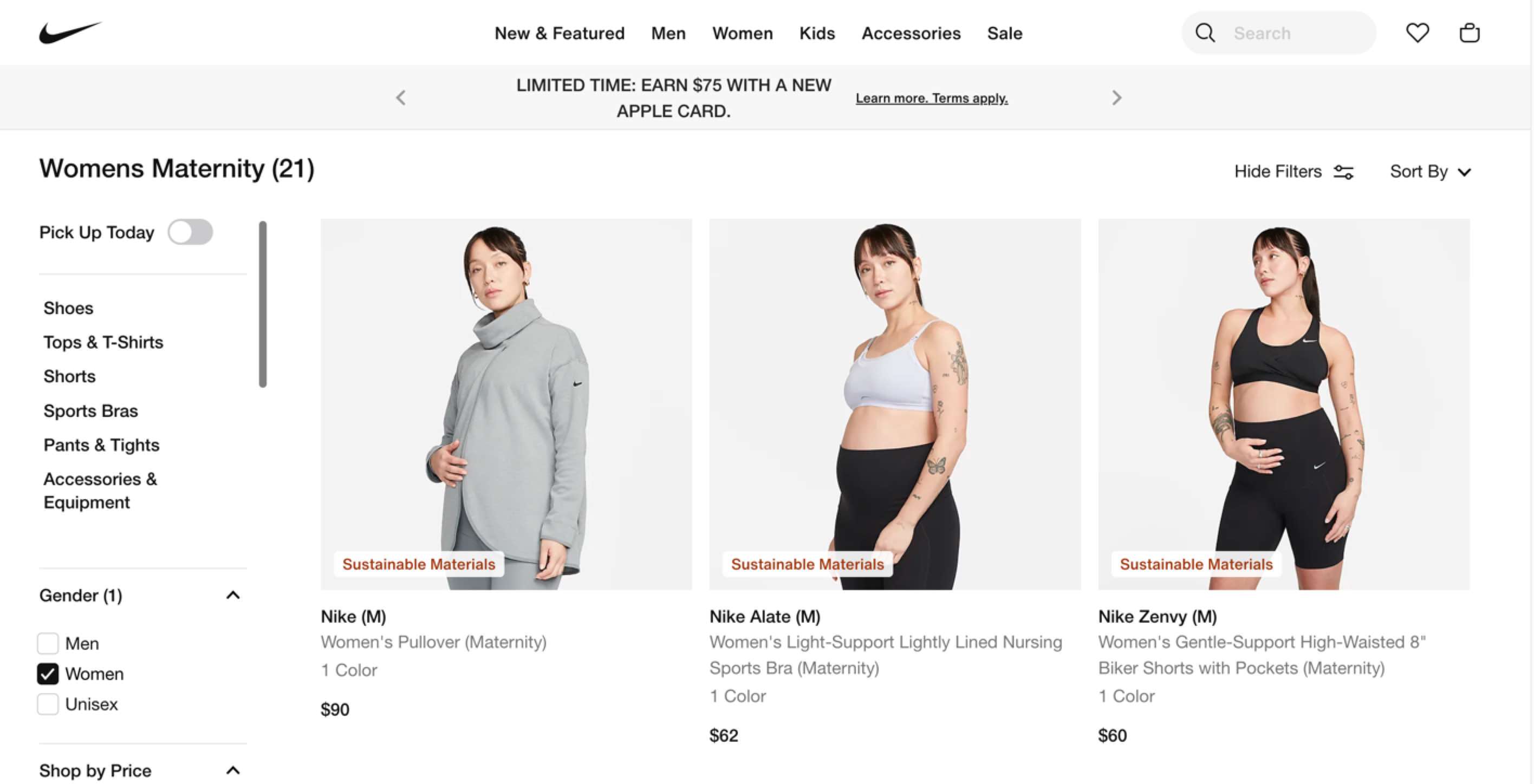-
 Published: May 29, 2023
Published: May 29, 2023
-
 4 min. read
4 min. read
-
 Maria Carpena
Maria Carpena Emerging Trends & Research Writer
Emerging Trends & Research Writer
- Maria is an experienced marketing professional in both B2C and B2B spaces. She’s earned certifications in inbound marketing, content marketing, Google Analytics, and PR. Her favorite topics include digital marketing, social media, and AI. When she’s not immersed in digital marketing and writing, she’s running, swimming, biking, or playing with her dogs.
Benefit segmentation definition: Benefit segmentation is a method of categorizing your target audience according to the perceived value they’ll receive from your product or service.
Your customers buy and use your product or service for different reasons. After all, they have different needs!
It makes sense for businesses like yours to use benefit segmentation so that you can craft different marketing messages that resonate with your various customer segments. With benefit segmentation, you can improve your lead acquisition and lead nurturing efforts.
If you want to know more about benefit segmentation and how it works, you’re in the right place. This blog post will discuss these topics:
- What is benefit segmentation?
- How benefit segmentation works
- 3 benefit segmentation examples
- The importance of benefit segmentation
While you’re here, subscribe to our free newsletter to get even more top-tier marketing tips delivered straight to your inbox!
Don’t miss our Marketing Manager Insider emails!
Join 200K smart marketers for the hottest marketing news and insights in your inbox.
Inline Subscription Form
“*” indicates required fields


What is benefit segmentation?
Benefit segmentation is categorizing your target audience based on the perceived benefits and value they’ll receive from your product or service. It is a marketing segmentation strategy that groups customers according to practical benefits like features and customer service.
For example, let’s say you’re in the home furniture business. Some of your customers purchase your furniture pieces because they like the style, while some do it for the price. In short, your customers have different reasons for buying a given product or service.
How benefit segmentation works
Your customers have different needs and will look for different value propositions from your products. Some prospects want value-for-money products, while others want your top-of-the-line offerings. For this reason, your marketing team must sort your products according to the categories’ benefits and value for your customers.
Let’s say your business is a travel agency. You can list the specific features and prices of your tour packages. Then, categorize your customers based on the features or price points they’re looking for.
3 benefit segmentation examples
Many different businesses use benefit segmentation. Here are some benefit segmentation examples to better understand this strategy:
Let’s go through each one:
1. Chevrolet
Automotive company Chevrolet uses benefit segmentation to position its different vehicles, which attract different audiences. In the social media ad examples below, Chevrolet highlights the different features of the Equinox and the Corvette Stingray to speak to the target market of each product.
The Equinox ad highlights the vehicle’s versatility. Meanwhile, the Corvette Stingray ad focuses on the iconic nameplate’s history.

2. Neutrogena
Brands like Neutrogena have different products for various customers’ needs. Neutrogena has a plethora of skincare products addressing concerns like oily or dry skin.
Benefit segmentation can help businesses like Neutrogena identify the different pain points of their customers, segment them accordingly, and match the segments with suitable products.

3. Nike
Sports brands like Nike offer a variety of products for different athletes and lifestyles. Benefit segmentation lets Nike craft marketing campaigns and sort products for each customer group.
On its website, Nike has a product category for its maternity collection dedicated to active and pregnant women. Its products are also categorized according to different sports and lifestyles, so users can shop from the collection that suits their interests.

The importance of benefit segmentation
Businesses like yours can employ benefit segmentation to improve lead acquisition, lead nurturing, and customer experience. In addition, you can use benefit segmentation to implement the right positioning strategies for your products.
Here are three reasons benefit segmentation is essential:
Lead conversion: Benefit segmentation helps sales representatives nurture and convert leads into paying customers. By knowing your products’ values to different customer segments, your reps can understand your prospects’ needs and offer the right products as solutions.
Customer engagement: Implement marketing campaigns that attract and engage your target customers. With benefit segmentation, you can craft content that resonates with your audience. Your sales reps can also prepare compelling sales pitches that ease prospects into conversion.
Customer retention: Keep your customers happy and satisfied throughout your business relationship with benefit segmentation. Benefit segmentation enables you to provide each segment with offers that suit their needs and post-purchase services (like personalized onboarding).
Our digital marketing campaigns impact the metrics that improve your bottom line.
See Our Approach
$10 billion

24 million

7.14 million
Get started with benefit segmentation
Benefit segmentation lets you streamline your lead acquisition and lead nurturing strategies. If you need help with benefit segmentation, consider teaming up with WebFX.
We’re a full-service digital marketing agency with 25+ years of experience in driving results for our customers from various industries, from tech companies to food and beverage businesses. We’ve generated over $10 billion in revenue for our clients. We’d be glad to drive the same results for your business.
Contact us online or call us at 888-601-5359 to speak with a strategist about our digital management services!
-
 Maria is an experienced marketing professional in both B2C and B2B spaces. She’s earned certifications in inbound marketing, content marketing, Google Analytics, and PR. Her favorite topics include digital marketing, social media, and AI. When she’s not immersed in digital marketing and writing, she’s running, swimming, biking, or playing with her dogs.
Maria is an experienced marketing professional in both B2C and B2B spaces. She’s earned certifications in inbound marketing, content marketing, Google Analytics, and PR. Her favorite topics include digital marketing, social media, and AI. When she’s not immersed in digital marketing and writing, she’s running, swimming, biking, or playing with her dogs. -

WebFX is a full-service marketing agency with 1,100+ client reviews and a 4.9-star rating on Clutch! Find out how our expert team and revenue-accelerating tech can drive results for you! Learn more
Try our free Marketing Calculator
Craft a tailored online marketing strategy! Utilize our free Internet marketing calculator for a custom plan based on your location, reach, timeframe, and budget.
Plan Your Marketing Budget

Proven Marketing Strategies

Proven Marketing Strategies
Try our free Marketing Calculator
Craft a tailored online marketing strategy! Utilize our free Internet marketing calculator for a custom plan based on your location, reach, timeframe, and budget.
Plan Your Marketing Budget
What to read next





